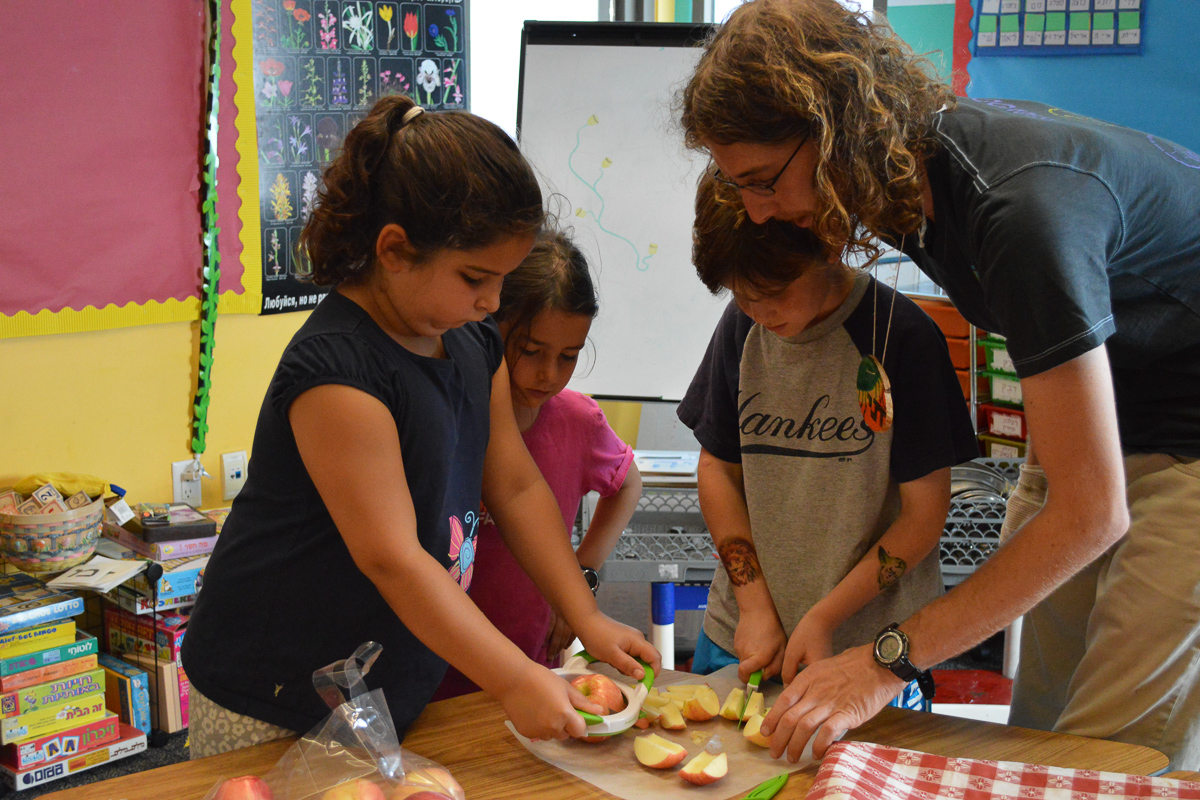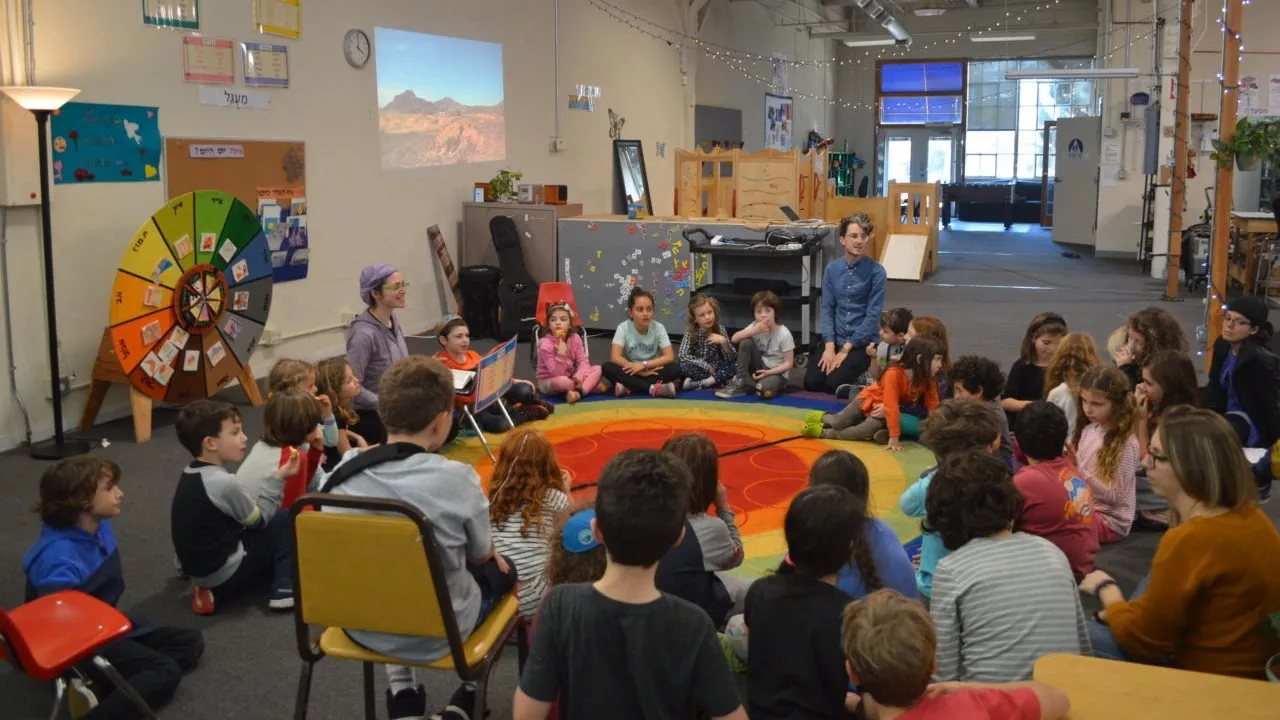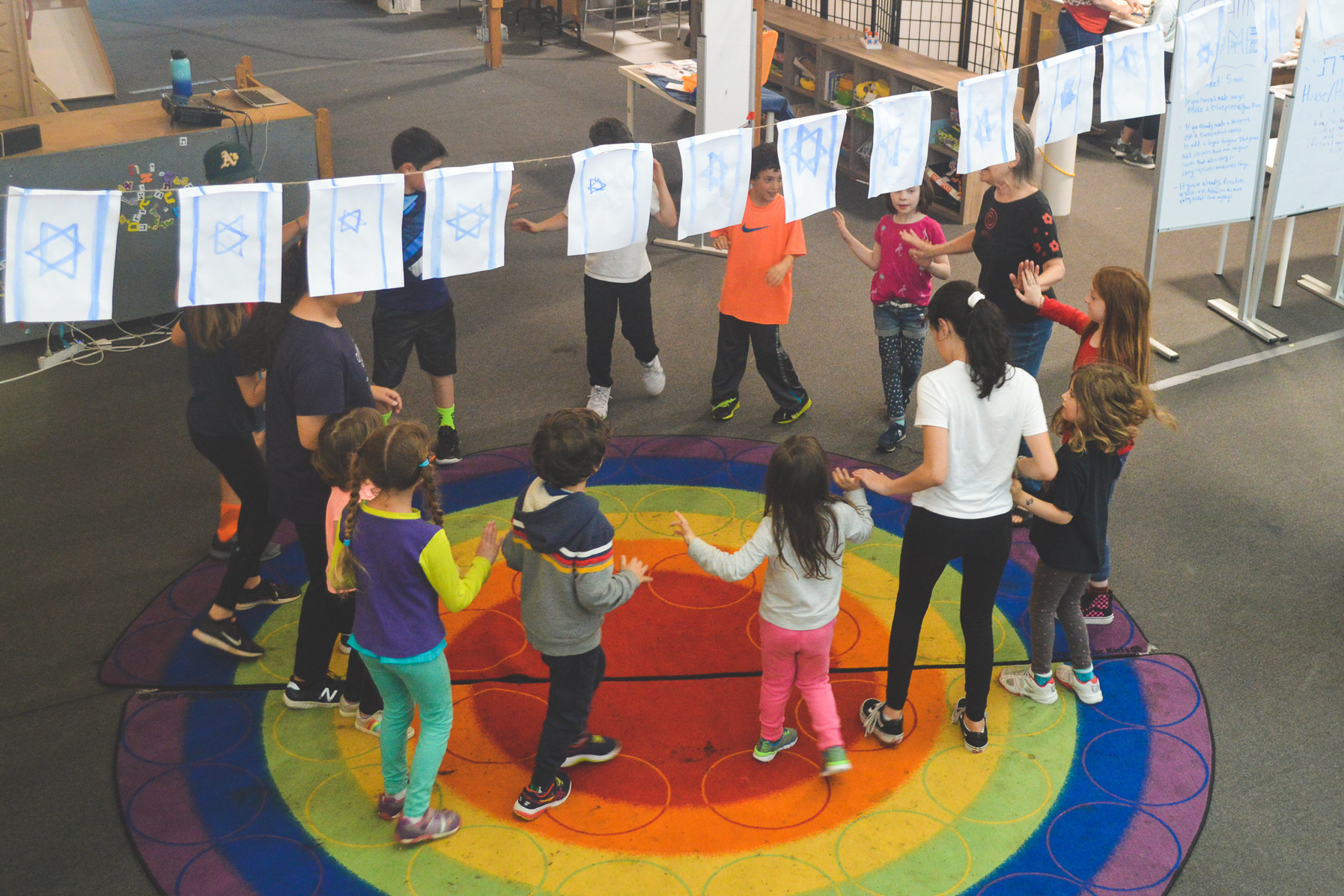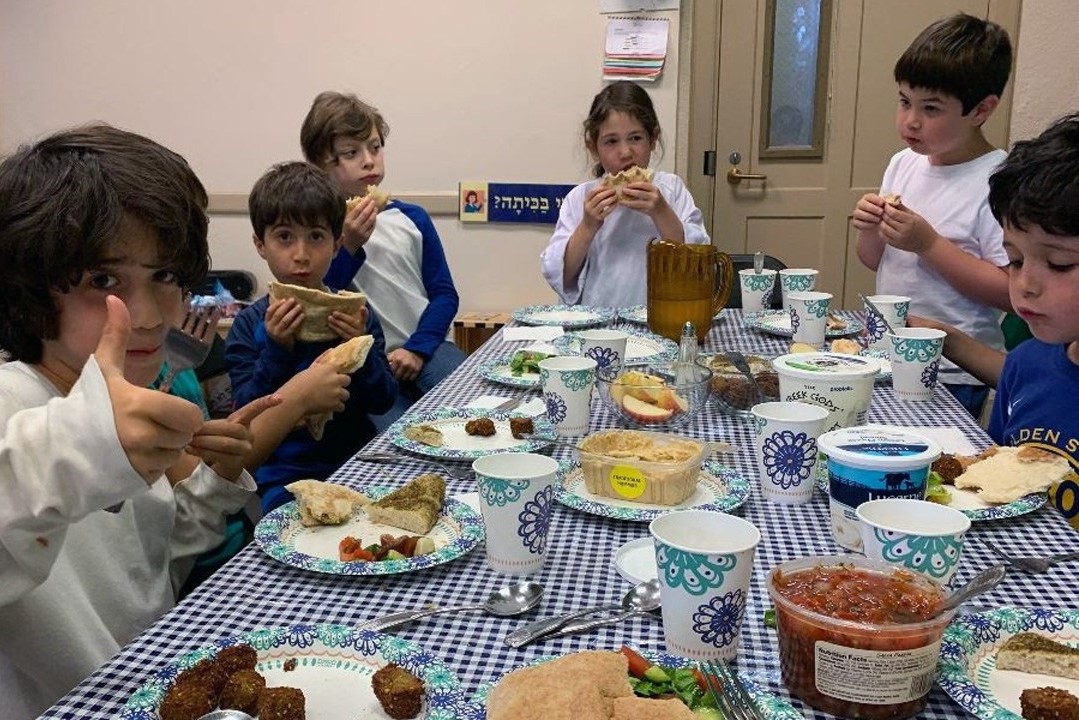by Rena Dorph
“The changing nature of Jewish identity stands out sharply when the survey’s results are analyzed by generation. Fully 93% of Jews in the aging Greatest Generation identify as Jewish on the basis of religion (called “Jews by religion” in this report); just 7% describe themselves as having no religion (“Jews of no religion”). By contrast, among Jews in the youngest generation of U.S. adults – the Millennials – 68% identify as Jews by religion, while 32% describe themselves as having no religion and identify as Jewish on the basis of ancestry, ethnicity or culture. (see here)
The recent study from Pew Research Center (Pew Research, 2013) cited above indicates that the challenge of supporting Jewish peoplehood and preserving Jewish culture and religion in North America is entirely different that it was when the current models of Jewish Education were invented. Even given concerns raised about the survey instrument (Kelman, 2013; http://www.stanford.edu/group/edjs/cgi-bin/wordpress/2013/10/04/the-hegemony-of-religion/) there is no denying the implications of the changes for the enterprise of Jewish education. The institutions that were once the center for addressing these challenge, synagogues, are on their way out for many American Jews. The percentage of Jews who marry within the faith is declining. Identification with Judaism as a religion is on the decline; except if you are Orthodox. But we cannot count on the Orthodox to save Jews as a people, even with their high birth rates, they represent a small proportion of the U.S. Jewish population and many leave the fold, migrating to non-Orthodox lives at a relatively high rate.
But there is hope in these gloom and doom data; interestingly, the survey also found:
“Despite the changes in Jewish identity in America, 94% of U.S. Jews (including 97% of Jews by religion and 83% of Jews of no religion) say they are proud to be Jewish. Three-quarters of U.S. Jews (including 85% of Jews by religion and 42% of Jews of no religion) also say they have “a strong sense of belonging to the Jewish people.”
Herein lies the hope. This is our way back into the hearts and minds of American Jews and we better figure out a way to capitalize on this sense of pride before that begins to decline as well. But how? Hardly any of the “Jews of no religion” and a limited number of those “by religion” will express this sense of belonging by stepping into synagogue for their Jewish connection. “Roughly four-in-ten U.S. Jewish adults (39%) say they live in a household where at least one person is a member of a synagogue. This includes 31% of Jewish adults (39% of Jews by religion and 4% of Jews of no religion) who say they personally belong to a synagogue, temple or other congregation.”
So how will we reach them? Pew survey results, echoing previous Jewish population studies, offer us clues. Jews as a group are highly educated. “Most Jews are college graduates (58%), including 28% who say they have earned a post-graduate degree. By comparison, 29% of U.S. adults say they graduated from college, including 10% who have a post-graduate degree.”
Jews tend to be professionals and have children. Jews tend to be more financially well-off than other groups of adults in the U.S. “Fully one-quarter of Jews (25%) say they have a household income exceeding $150,000, compared with 8% of adults in the public as a whole.” Yet, the cost of Day School is still out of reach for many. Highly educated professionals with children need afterschool child care and have the money to pay for it. Jewish people have a “strong sense of belonging” to the Jewish people. This constellation of circumstances has given rise to a new model of Jewish educational programs – after school programs that incorporate opportunities for extensive and intensive Jewish and Hebrew learning. One of the first programs of its type, Edah, was envisioned by grass roots engagement of parents and piloted in 2010 in Berkeley, California. And, even before the proverbial ink was dry on the concept paper that launched it, other communities began to inquire about the possibility of similar programs in their regions. Three years later, these programs are popping up in urban and suburban areas alike mirroring the geographic distribution of where Jews live. “Half of Jews (49%) reside in urban areas and a similar number (47%) reside in the suburbs; just 4% of Jews reside in rural areas.”
Now, there is emerging evidence to suggest that even Jews who are not affiliated with a synagogue will come to such programs. Data from Nitzan, a network for renewing Jewish learning after school, indicates that collectively, approximately 1/3 the families they currently serve are not affiliated with a synagogue; another 1/3 are affiliated with non-denominational or non-traditional “synagogues” or spiritual communities; another 1/3 are members of denominational synagogues and went outside those structures to find a different kind of Jewish learning than what they offer. The early pioneering programs are also beginning to get some traction, with between 30-55 kids enrolled in multi-day K-5 afterschool programs in each of the most mature of these programs.
The leaders of such programs have specific challenges they face as they navigate this terrain. What does that terrain look like? These programs are all in start-up mode; none is fully financially viable. None is fully accepted within the Jewish organizational ecology of their locality. They are all working to make good on the proposition of high quality Jewish learning for children after school. Several focus attention on engaging participants’ families in learning opportunities as well. They run as much on the good will and pro-bono expertise of their founders and supporters as they do on professional staff. They run on the passion and commitment of their leaders. They struggle to find educators who can implement their vision with children and their families. Also worthy of note, each program disrupts the status quo within its community – unsettling the existing and delicate balance of supply and demand for Jewish learning experiences for children in grades K-5 that was assumed. While many start-up organizations share some of these challenges, the particular combination that these programs face could be fatal to each organization and to the budding movement the collectively represent.
In addition, this terrain is innovative in many ways. One aspect of the innovation is the model itself combines meeting the aftercare needs of 21st Century families with serious Jewish and Hebrew learning goals. In this way, the model captures audiences and opportunities (time, resources, etc.) that had been assumed lost to Jewish education. Pioneer programs are reaching far more unaffiliated, intermarried, and previously uninterested families than they anticipated in the first few years of their existence – and the potential is significant. Many parents’ expectations for the amount of time their child will spend in an after school program is in a different league than how they think about time spent on Jewish learning. Another aspect of the innovation is the variety of approaches to learning and teaching these programs are exploring and offering. Each program is figuring out ways to engage and enrich the Jewish learning and lives of the kids and families in their programs that speak to the needs and appetites of their local community.
Nitzan was developed as a network to support these programs substantively, organizationally, and professionally. Nitzan is a Hebrew word that means “flower bud.” The purpose of the Nitzan is to support the renewal of Jewish learning after school. Network members support each other by sharing resources and practices, discussing successes and challenges, leveraging connections, and collectively engaging national experts in the discussion of pedagogy, curriculum, organization, and practice. Nitzan is currently made up of four categories of programs:
- Pioneer programs include those who pioneered this program type and the network, offering models and leadership for the field (there are 7 of these in Nitzan). Each of these offer between 3 to 5 days a week of afterschool programming for their communities. Most have minimum numbers of days required for participation.
- Transforming programs include those that are established as an organization or related program but are seeking to transform their offerings to include a multi-day afterschool program (there is 1 of these in Nitzan).
- Emerging programs include those who are preparing to open a program or have opened a pilot program (there are currently 3 of these in Nitzan).
- Exploring programs include those who are considering starting a program or are in the early planning/feasibility stage of program development (there are currently 8-10 of these who have been in touch with a Nitzan representative).
Nitzan was catalyzed by Edah with the support of the Covenant Foundation. Nitzan participants include professionals and lay leaders across North America who are involved in emerging, developing, and established programs that are renewing Jewish learning after school. Affiliated programs currently include: Bayit, Evanston, Illinois; Downtown Jewish Playschool, Toronto, Canada; Edah, Berkeley, California; Kesher, Cambridge, Massachusetts; Jewish Enrichment Center, Hyde Park, Chicago; Jewish Kids Groups, Atlanta, Georgia; Kids Connection/Hebrew Immersion, Washington Heights, New York; MoEd, Washington D.C. Metro Area; Sulam, Brookline, Massachusetts; Tarbuton, San Diego, California; and a several emerging programs across the country.
Rena Dorph, Ph.D. is Co-Founder of Edah (Berkeley, California) and Nitzan Network (North America) and also Director of The Research Group, University of California, Berkeley’s Lawrence Hall of Science.
Originally published on November 27, 2013 by eJewish Philanthropy





